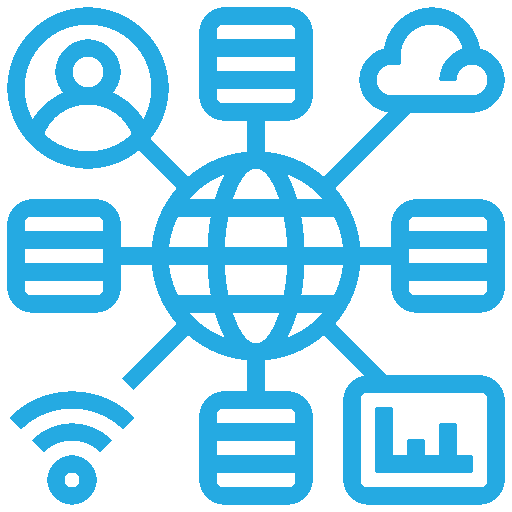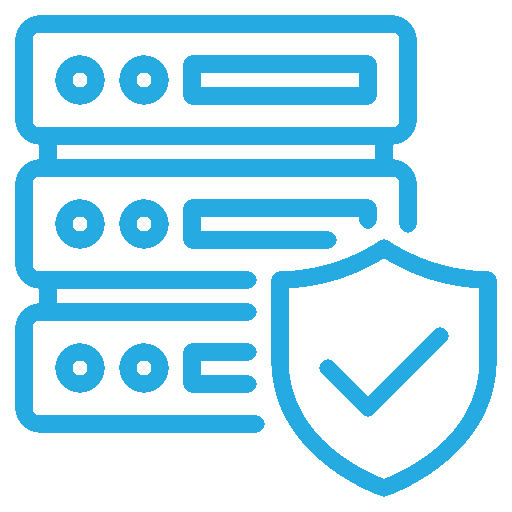Prevent Downtime with Proactive Server Monitoring
When talking about server monitoring, we often refer to it as a combination of hardware and software. The main purpose is to keep track of a server’s health and activity. Detecting any outages, slow components, or broken parts is the duty of this system. The faster the recognition of the problem, the better. CPU usage, network performance levels, and used disk space are just a couple of the things monitored by this system. The whole process falls under a number of categories such as firewall monitoring, bandwidth monitoring, router monitoring, switch monitoring, NetFlow monitoring, packet sniffing, network monitoring, and VoIP monitoring.
Why Real-Time Server Monitoring is Non-Negotiable?
You cannot, by any means, leave a new server unsupervised. Without knowing, at all times, the state of your server, it can crash in no time without you even knowing about it. Keeping a close eye on the server’s running status will ensure it has a long, healthy life with minimum issues during its lifespan. It is better to be safe than sorry in the long run. Not keeping track of your server’s health can really hurt your business as well. Having constant knowledge about your server is crucial in problem-solving. In the case of any technical issue, knowing what and where it failed will improve the recovery speed. You will not be able to tell if the network is faulty or if the server has failed without closely monitoring it. A safe approach is bound to meet your business requirements, keep your system healthy, and prevent it from crashing or going down completely.








